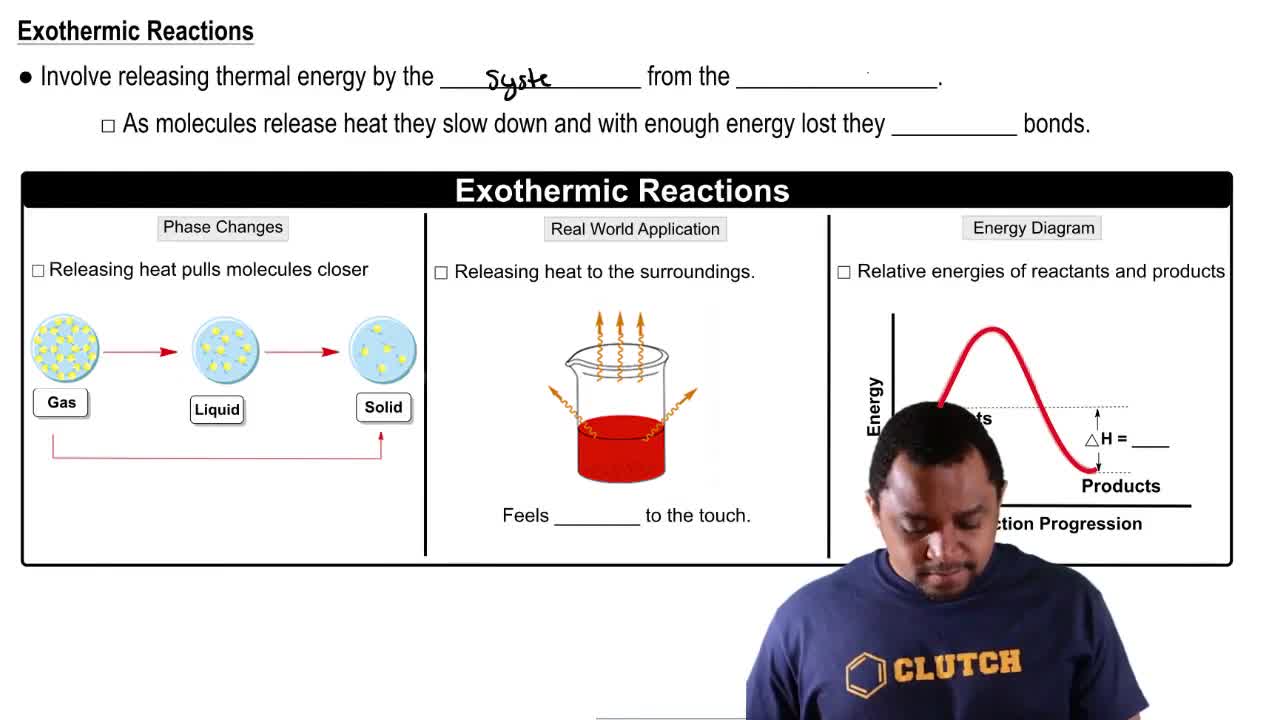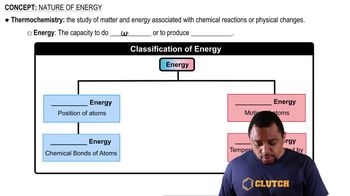Two curves are shown in the following energy diagram:
b. Which curve represents the spontaneous reaction, and which the nonspontaneous?
 Verified step by step guidance
Verified step by step guidance Verified video answer for a similar problem:
Verified video answer for a similar problem:



 0:46m
0:46mMaster Gibbs Free Energy (Simplified) Concept 1 with a bite sized video explanation from Jules
Start learning